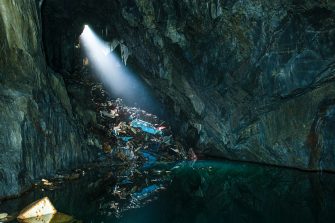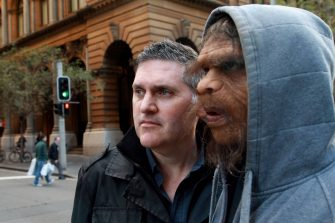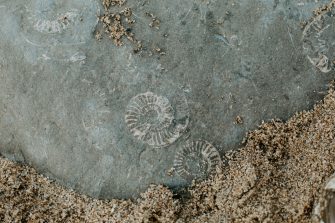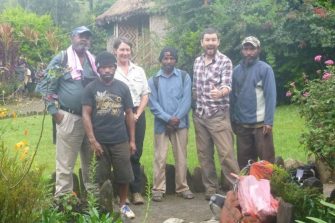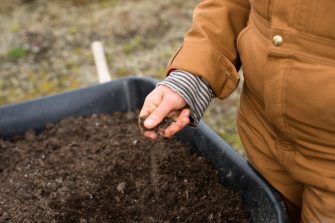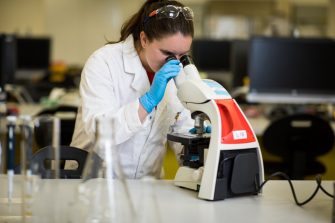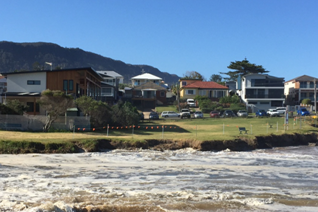
About PEARL
Palaeoanthropology is the scientific investigation of human evolution focusing on evidence provided by the human fossil, archaeological and palaeoecological records. It’s necessarily multidisciplinary in its approach and has traditionally involved specialists in fossil human anatomy, evolutionary biology and systematics, palaeolithic archaeology, primate biology, geology and palaeoecology.
But there’s much more to a bone than meets the eye! With the remarkable advances in molecular tools over the last decade or so, paleoanthropologists also work closely with specialists studying ancient biomolecules (DNA, proteins etc.) to comprehensively understand the course of human evolution and the factors that drove evolutionary change, human ecology and our uniquely human adaptations.
The Palaeoanthropology Research Laboratory (PEARL) focuses on understanding human evolution in its broadest sense with a focus on wide ranging evidence from the geohistorical record from the Quaternary Period, or around 2.75 million years ago until recent times. Members of PEARL work on or collaborate with colleagues on projects examining fossil human remains, undertaking field survey and site excavation, studying cultural materials including stone tools and rock art, analysing stable isotopes for dietary and ecological analysis, examining ancient DNA and proteomes, and modelling evolution.
We have collaborative research projects in Southwest China, Malaysian Borneo, Cambodia and Sri Lanka, as well as working with colleagues from other regions like Thailand and Australia.
The lab is run by Associate Professor Darren Curnoe, a biological anthropologist, evolutionary biologist and archaeologist. He is also a science writer and communicator, the Director of ESSRC, and a Chief Investigator and co-leader of the Education and Engagement Program in the Australian Research Council Centre of Excellence for Australian Biodiversity and Heritage.
People
Academic staff
A/Prof. Darren Curnoe
Dr Ceridwen Boel
PhD students
Raynold Mendoza
Matthew Stewart



